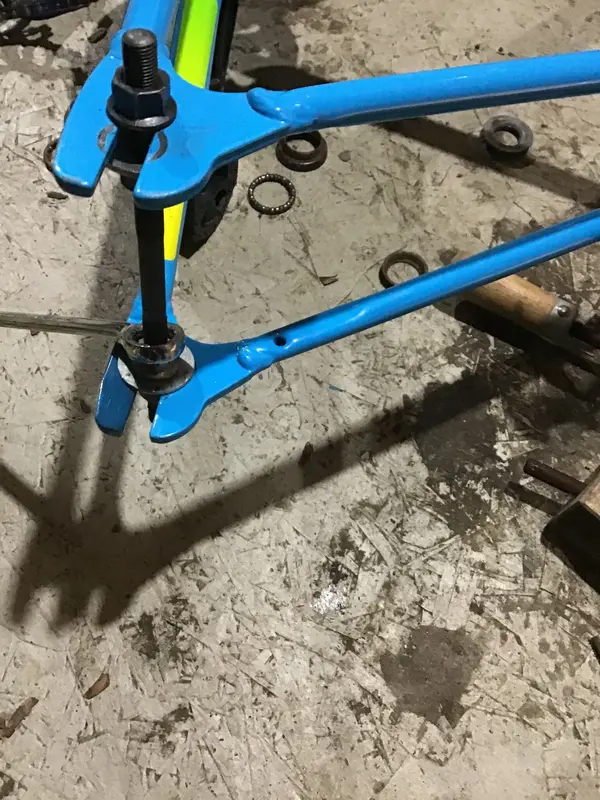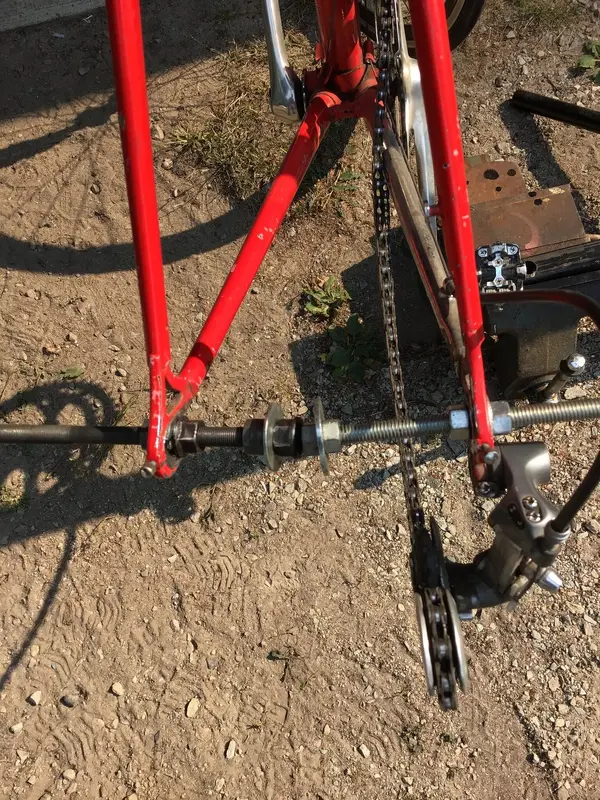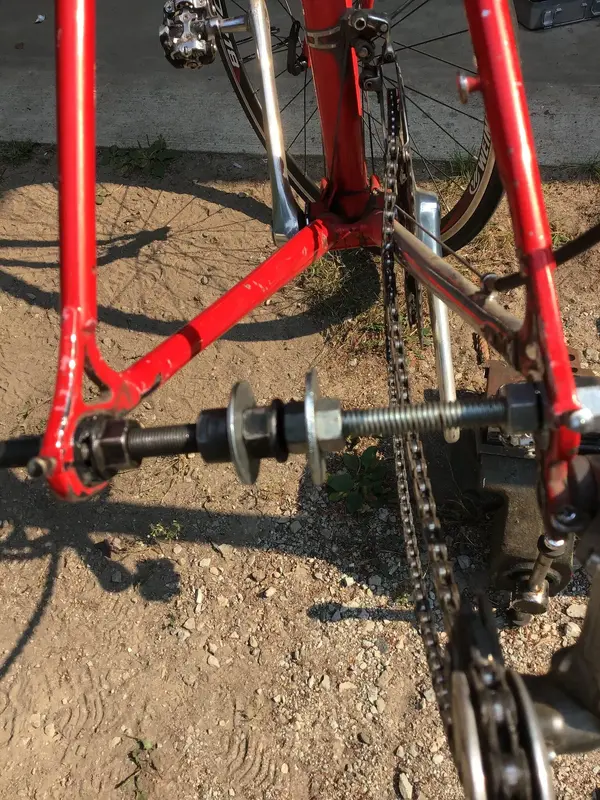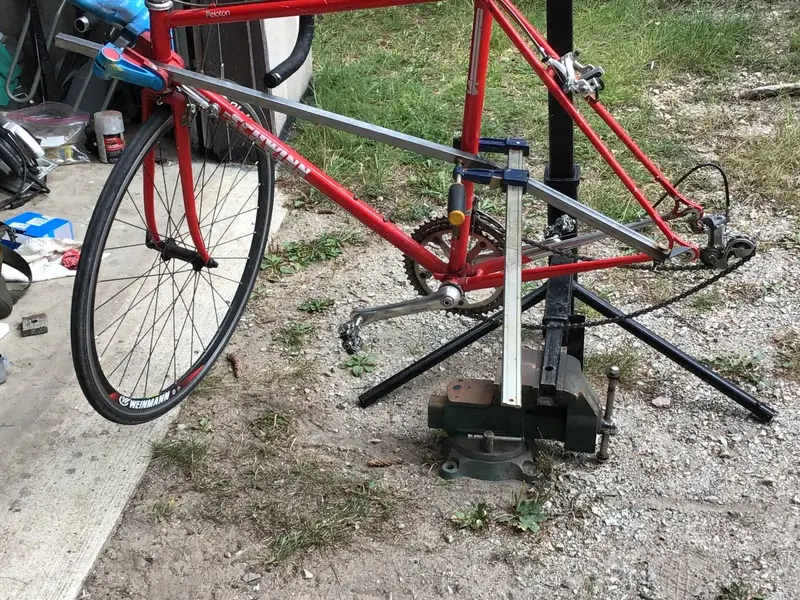I've just bought a touring frame which I was planning on building up with Campag 11 speed. I have some lovely wheels that are 130mm but the frame is 135mm. What is the best way to go about making it work?
Just stick em in and squeeze the frame?
Spacer on either side of the axle?
Cold setting frame?
Any other options?
Just stick em in and squeeze the frame?
Spacer on either side of the axle?
Cold setting frame?
Any other options?
Last edited:



